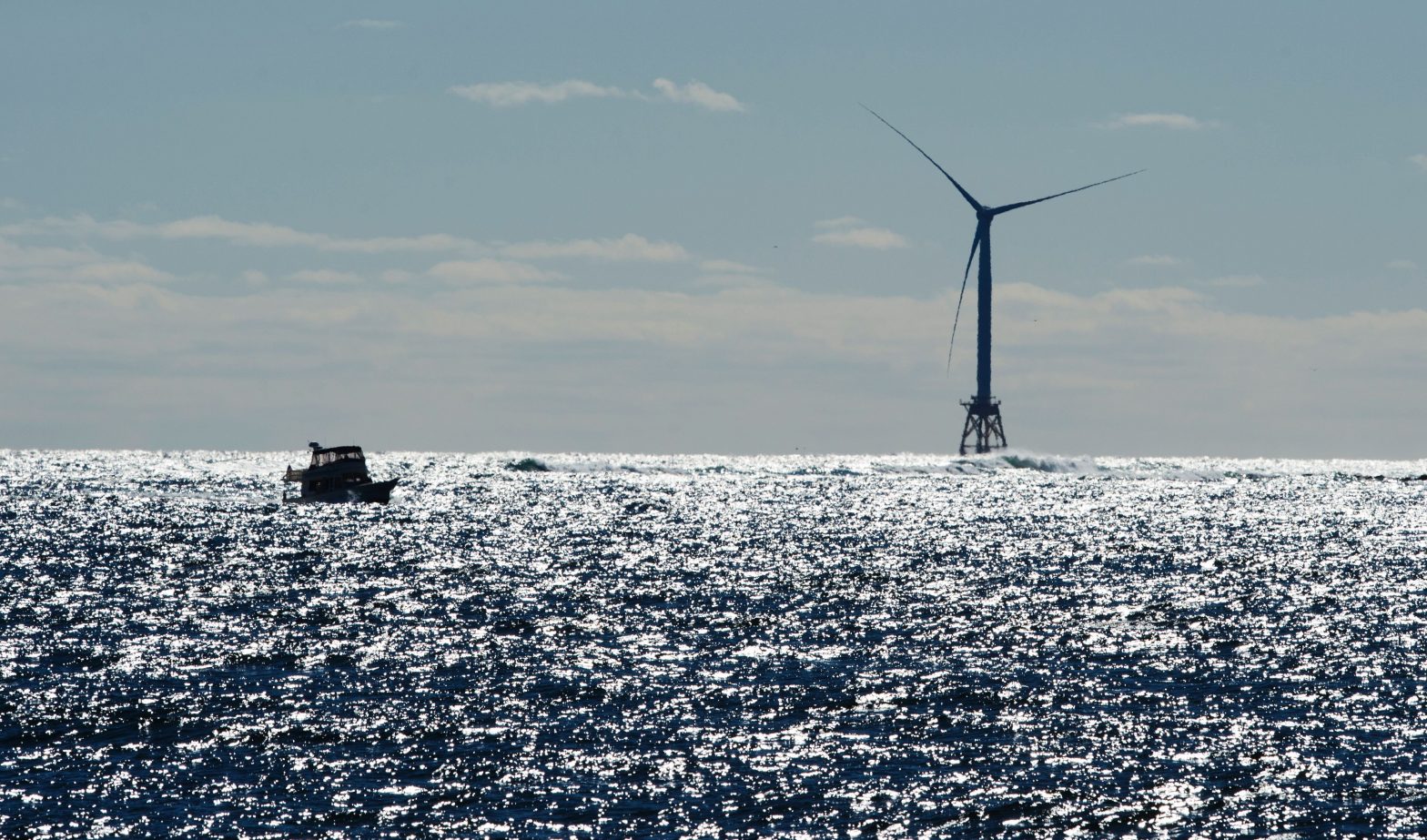The second commercial-scale offshore wind farm was approved by the Biden administration just a week after the groundbreaking for the first.
The South Fork Wind project, which will be off the coasts of Rhode Island and New York, is part of President Joe Biden‘s plan to have 30 gigawatts of offshore wind energy by 2030. The U.S. Department of the Interior announced the approval of the project Wednesday.
In an effort to build infrastructure, create jobs, and mitigate global warming, the Biden administration announced a plan to build seven offshore wind farms in the Gulf of Mexico and the East and West coasts of the U.S., according to the Associated Press. The 30 gigawatts of energy to be produced from offshore wind energy will be able to power over 10 million homes.
South Fork Wind is estimated to generate electricity for around 70,000 homes, producing about 130 megawatts. Its transmission system will connect to an electric grid in Long Island, New York. This means it will be that state’s first offshore farm.
New York Governor Kathy Hochul said the state is “facing the challenges of climate change head-on” through climate and offshore wind goals.
“Moving South Fork Wind forward brings us closer to a cleaner and greener future,” she said in a statement.
The U.S. built its first offshore wind farm with five turbines in 2016 off Block Island, Rhode Island. The company running the wind farm, Orsted, which acquired the farm’s developer Deepwater Wind, will also help develop South Fork Wind with Eversource, an electronic services company.
For more reporting from the Associated Press, see below.

Don Emmert/AFP via Getty Images
The Interior Department approved up to 12 turbines. Leaders at Orsted and Eversource celebrated the announcement, touting the project’s potential to reduce air pollution, help combat climate change and boost the economy by creating jobs.
Rhode Island coastal regulators gave the project critical approval this spring over the objections of the fishing industry and some environmentalists. Commercial fishing businesses have said planned offshore wind projects off the East Coast would make it difficult to harvest valuable seafood species such as scallops and lobsters. Some conservation groups fear that big turbines will kill birds.
The project off the coast of Massachusetts, Vineyard Wind 1, is expected to produce about 800 megawatts, enough power for more than 400,000 homes. The first steps of construction will include laying down two transmission cables that will connect the wind farm to the mainland.
The administration expects to review at least 16 construction and operations plans for commercial offshore wind energy facilities by 2025.
“We have no time to waste in cultivating and investing in a clean-energy economy that can sustain us for generations,” Secretary of the Interior Deb Haaland said in a statement. “Just one year ago, there were no large-scale offshore wind projects approved in the federal waters of the United States. Today there are two, with several more on the horizon.”

Spencer Platt/Getty Images
